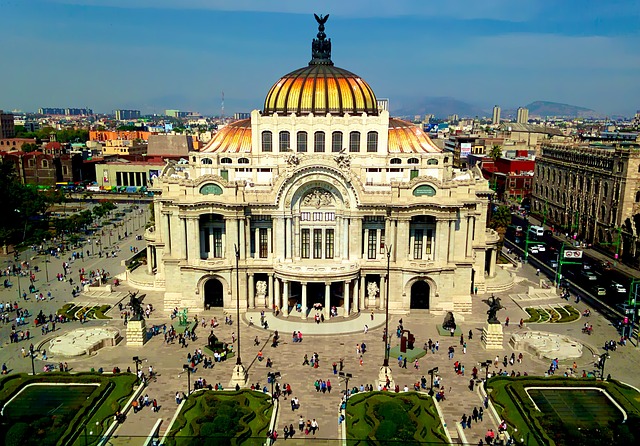After Mexico - earthquakes and resilient cities
As the rescue efforts in Mexico City after the devastating earthquake of September 2017 draw to a close, comparisons continue to be drawn between how the city fared now and after a similar earthquake more than 30 years ago.
Many have pointed out that while both fatalities (fewer than 300 people) and damage (40 buildings collapsed and nearly 4,000 declared severely damaged) were considerably less, there are still questions that remain regarding the resilience of Mexico City’s infrastructure.
According to the New York Times:
‘Tighter building codes, better construction materials and a robust public awareness surely played a role in limiting the carnage this time around.
‘What spared this metropolitan area of 21 million was, at least in part, luck…In a 2016 study of a random sample of 150 buildings constructed after 2004, when the new codes were adopted … many failed to meet city standards. In many cases, the buildings reviewed did not even have enough necessary paperwork to conduct a full assessment’
With these concerns in mind, a collection of Building Research & Information articles has been assembled about earthquakes and reducing the risks to the built environment.
A key finding of one research article 'Evaluation of Building Code Compliance in Mexico City: mid-rise dwellings' was published in 2016 and found that the regulations (on paper) are fine, it is lack of enforcement which is the major problem.
The aim is that by contributing leading scholarship, help can be given to cities to heal, learn and become better prepared for future earthquakes.
This collection will be free to access until 31st October 2017.
[edit] Related articles on Designing Buildings Wiki
- BREEAM Designing for durability and resilience.
- Earthquakes and the seismic strengthening of churches.
- Earthquake Design Practice for Buildings.
- Engineering in the 21st century.
- Engineers and hurricanes.
- How to rebuild using the debris from disasters.
- Hurricane design considerations.
- Managing and responding to disaster.
- The opportunity to build tomorrow’s cities.
- Two steps towards a more resilient world.
- Updated seismic hazard maps for the UK.
Featured articles and news
Infrastructure that connect the physical and digital domains.
Harnessing robotics and AI in challenging environments
The key to nuclear decommissioning and fusion engineering.
BSRIA announces Lisa Ashworth as new CEO
Tasked with furthering BSRIA’s impressive growth ambitions.
Public buildings get half a million energy efficiency boost
£557 million to switch to cleaner heating and save on energy.
CIOB launches pre-election manifesto
Outlining potential future policies for the next government.
Grenfell Tower Inquiry announcement
Phase 2 hearings come to a close and the final report due in September.
Progress from Parts L, F and O: A whitepaper, one year on.
A replicated study to understand the opinion of practitioners.
ECA announces new president 2024
Electrical engineer and business leader Stuart Smith.
A distinct type of countryside that should be celebrated.
Should Part O be extended to existing buildings?
EAC brands heatwave adaptation a missed opportunity.
Definition of Statutory in workplace and facilities management
Established by IWFM, BESA, CIBSE and BSRIA.
Tackling the transition from traditional heating systems
59% lack the necessary information and confidence to switch.
The general election and the construction industry
As PM, Rishi Sunak announces July 4 date for an election.
Eco apprenticeships continue help grow green workforce
A year after being recognised at the King's coronation.
Permitted development rights for agricultural buildings
The changes coming into effect as of May 21, 2024.






















